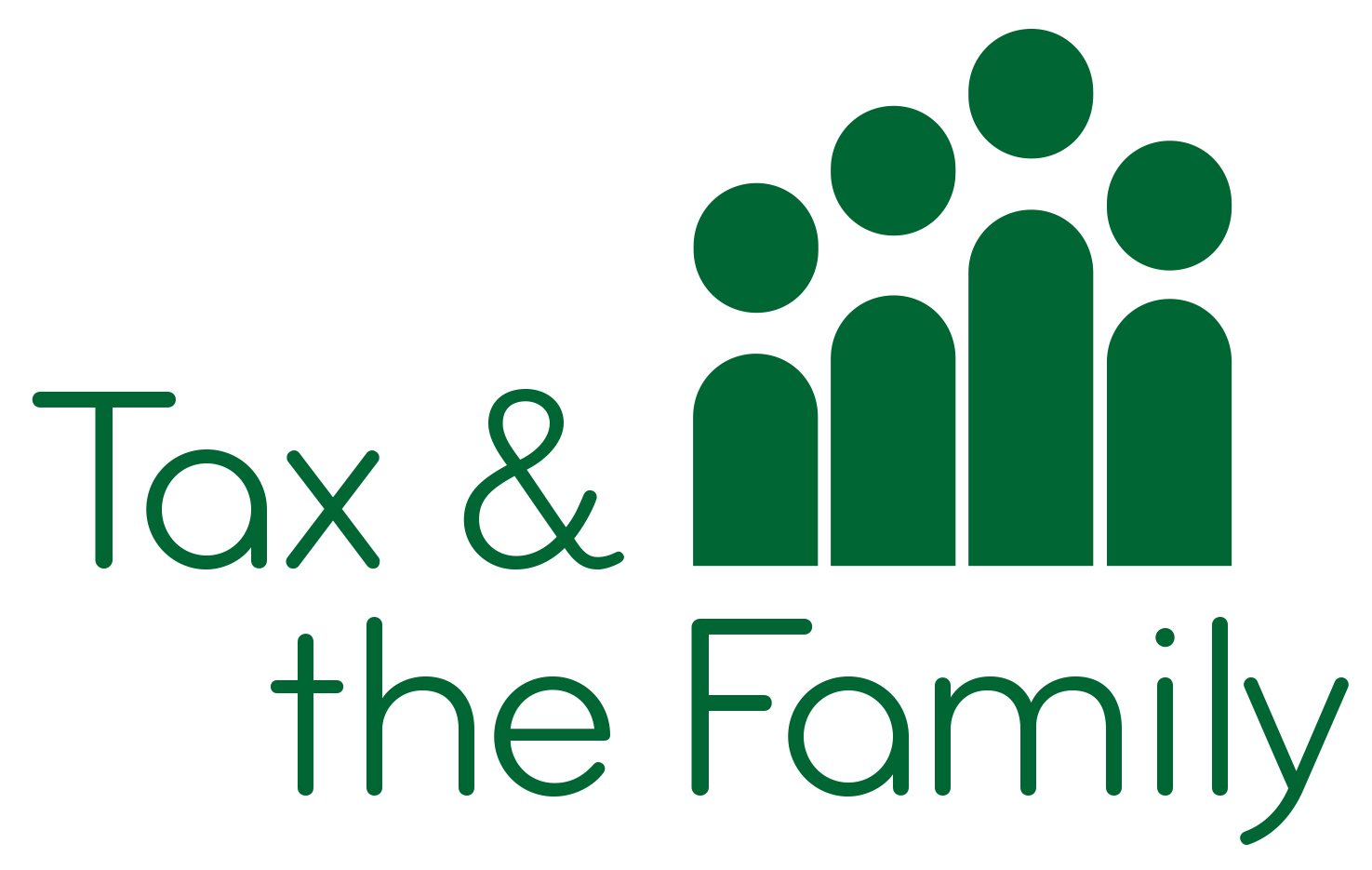International Comparisons 2016
This is CARE's eleventh annual international review of the taxation of families . It compares the overall direct tax burdens, income tax rates and effective marginal tax rates (EMTRs) of various household types in the UK with those of similar households in other developed countries in the calendar year 2016. It looks primarily at households with an ‘average wage’ but also those with incomes at other points above and below this income point.
For the purposes of this report and the earlier reports, ‘tax’ means income tax plus employee social security contributions (SSCs) less cash benefits. The combined effect of these three elements determines how well off any particular family is. The term ‘tax rate’ or ‘tax burden’ is used when tax is expressed as a percentage of gross wage earnings. A negative percentage indicates that cash benefits exceed income tax and SSCs. This review uses statistics published by the OECD in Taxing Wages to make comparisons between the UK and other developed countries
In 2016, the latest year for which there is OECD data, even defining tax very widely to include some benefits, the tax burden on one-earner families on the "average wage" is significantly greater than the averages for the OECD as a whole and for the group of EU countries that are OECD members.
At the OECD average wage (£36,571 for the UK), the UK tax burden is 20% greater than the OECD average both on single parents with two children and on one-earner married couples with two children. The unfavourable position of these one-earner families results mainly from the fact that UK income tax does not take account of marriage or family responsibilities.
By contrast with the position of one-earner families, the UK tax burden on single people without family responsibilities is less than international averages. At the OECD average wage, it is 9% less than the OECD average and 18% less than the average for the 22 EU countries that are OECD members.
Taxing Wages includes international comparisons of the tax burden on two-earner couples at only two income points (133% and 167% of the OECD average wage). At these points the UK tax burden on couples without children and on couples with two children is less than international averages.
Although the UK tax system is not more burdensome in general than the tax systems of other developed countries, its treatment of one-earner families on the average wage is unfavourable by international standards.
The UK income tax system places a particularly heavy burden on one-earner families. At the OECD average wage, the UK income tax burden is 25%greater than the OECD average for a one-earner married couple with two children, and 13% greater for a single person with two children. More importantly perhaps, the UK one-earner married couple with two children pays 70% more income tax than the French family, more than twice as much as the US family, and 15 times as much as the German family.
By contrast, the UK income tax burden on a single person without children is 14% less than the OECD average at the OECD average wage. Income tax burdens on single people without children in the UK are similar to those in France, but less than those in Germany and the US.
Although Taxing Wages includes comparisons of the income tax burden on two-earner couples at only two income points (133% and 167% of the OECD average wage), we are able to make comparisons at additional income points. At and above the OECD average wage, UK two-earner families appear to bear a heavier income tax burden than their counterparts in France, Germany and the US.
As the report explains UK tax credits compensate low income families for the heavy income tax burden, such that their overall tax rate is low by international standards. However, the withdrawal of UK tax credits as incomes rise is largely responsible for high effective marginal tax rates (EMTRs) across a wide income range. This will change a little, but not much, with the advent of universal credit as it is rolled out across the country.
The report argues that income tax liabilities should more equitably refect how well off people are. To achieve this, a way needs to be found to take account of households in the context of independent taxation. The introduction of transferable allowances for married couples and civil partners is an example of how this can be done. This Marriage Allowance should be enhanced.
Until a more radical reform of personal taxation can be introduced, one option without additional cost which should be considered is to postpone the planned increase in the personal allowance for all taxpayers and instead increase it more significantly for taxpayers with dependent children.
